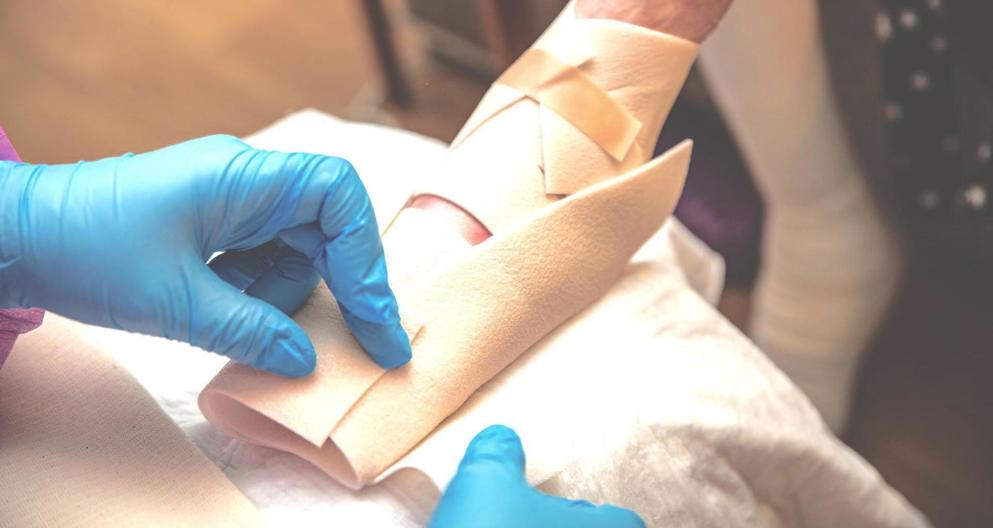
Epidermolysis bullosa
Epidermolysis bullosa (EB) is a rare genetic disorder causing severe skin fragility. Around 70% of patients are diagnosed with simplex EB, most often caused by defects in the keratin filaments of basal keratinocytes. People with severe EB can face extreme skin blistering and may experience damage to internal organs and tissues, enough to be fatal.
How prevalent is epidermolysis bullosa?
EB is a rare disease, estimated to occur in one in 30,000 people.
Who is most at risk?
EB is most commonly diagnosed in babies and young children, although some milder types of EB may not be diagnosed until adulthood.
Is there a treatment for epidermolysis bullosa?
There is currently no cure for EB; however, medicines such as antibiotics and painkillers can help to control symptoms. In some cases, surgery may be required.
Which conditions can be confused with epidermolysis bullosa?
Due to its rarity, EB may often be misdiagnosed. Other blistering conditions that may simulate EB include bullous pemphigoid, pemphigus vulgaris, friction blisters, and insect bites.
How does epidermolysis bullosa impact people with the disorder?
People with EB experience chronic wounds, which often result in reduced mobility, excessive scar tissue, and the need for hospitalization. Squamous cell carcinoma is a leading cause of death for people with recessive dystrophic EB. People with EB are often described as having “butterfly skin,” comparing the fragility of skin to that of butterfly wings.
Industry-funded resources
EADV 2023: A new era for epidermolysis bullosa
An Industry Expert Hub session on 11 October 2023, hosted by Cristina Has, explores the latest research developments in and outside the clinic for epidermolysis bullosa. Watch highlights and expert interviews here.
of interest
are looking at
saved
next event


